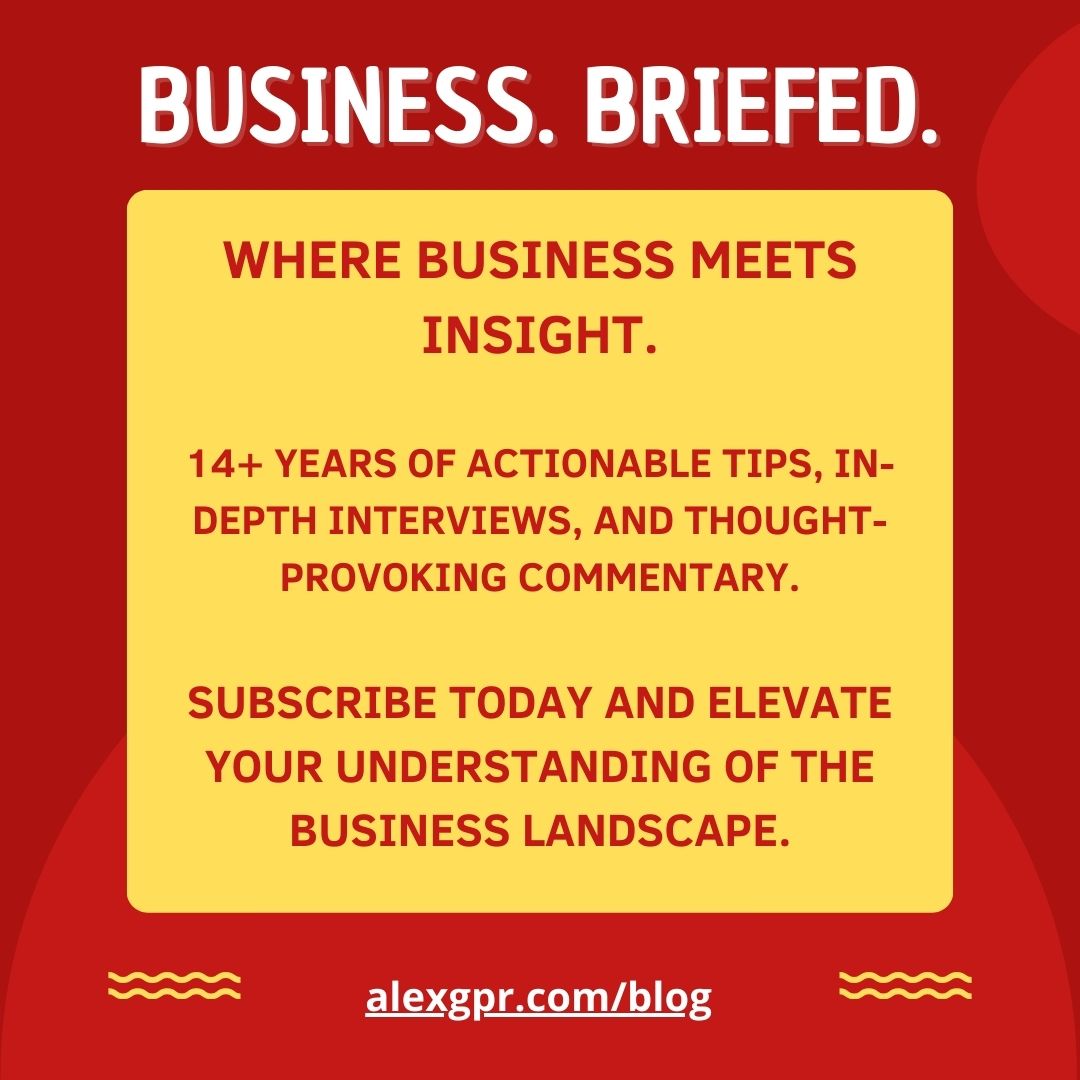Superhero Supply is Good Business
Today we welcome Andrew Nemiccolo, founder of Seven Story Learning, as a guest blogger. –Alex
Savvy brands recognize that the client, not the product, is the hero.
Last week I was investigating some new software for my business, and after 45 minutes of reviewing mind-numbing technical notes and confusing product spec sheets, I gave up. It never became clear to me how the product would help me work better, faster, or smarter. I couldn’t visualize someone like myself using it. Somebody lost a sale because their marketing mindset was singularly focused on their product, “the hero.” Maybe you’ve had a similar experience.
Position Your Brand as the Sidekick, Supporting the Hero
The role of stories in business communication is a hot topic these days, because stories work well. Used right, stories are one of the most memorable and meaningful ways to share ideas and initiate action. It’s a natural feeling for business leaders to want to cast their products and services as the heroes valiantly overcoming the conflicts in all those business marketing stories. After all, the designers and engineers have invested so much time and energy into the product that they may unthinkingly expect everyone else to identify with the product features as much as they do.
Casting matters. Stop hogging the limelight! When a business positions its products as the lead hero, it removes potential energy from the brand’s story arc, and denies the client the opportunity to be the hero. Reframing the story from the viewpoint of the customer as hero allows other customers and prospects to immerse themselves in the experience. This subtle shift can lead to “narrative transport,” and it can have a profound effect on business results.
Focus on the Customer Experience, Not the Product
Vanderbilt University marketing researcher Jennifer Edson Escalas has compared the narrative transport state of mind with a more analytical mindset. In a 2004 study, she created multiple versions of running shoe advertisements and tested the reactions of 252 undergrads.
- Narrative self-referencing example: “Imagine yourself running through this park . . .”
- Strong argument example: light weight [10 ounces] and an advanced stability system.
Escalas found that the narrative style ad was more effective than the analytical format, which viewers tended to evaluate more critically. Ironically, the ads that focused on the shoes’ specs and advantages, seem to have put the subjects in a very different state of thinking. Escalas concluded, “Transportation is not a lack of thought. It is a distinct process from analytical thought.”
How to Make the Customer the Hero
- Focus on the client experience, rather than the tangible product or service. Can you get the client to imagine him or herself using your solutions? Go deep. What does it look and feel like?
- Start conversations with customers, and listen. As Harvard Business School marketing professor Theodore Levitt said, “People don’t want to buy a quarter-inch drill. They want a quarter-inch hole!” The product you’re selling may not be the experience that customers are seeking. Listening closely to new sources such as social media discussions for market research may yield unexpected ideas.
- Feature customers more prominently in your communications. Client success stories, video testimonials and user-generated content all can have high impact. The 2012 Edelman Trust Barometer showed “a person like me” has re-emerged as one of the three most credible spokespeople, with its biggest increase in credibility since 2004.
For organizations that are comfortable putting the customer in the hero role, there’s honor (and good business) in being a sidekick. The new Red Cross “Storytellers” campaign emphasizes the stories of real people front and center as the heroes. The Red Cross supplies the programs and platforms to equip these superheroes. Notice the difference?
Feature Clients as the Heroes
It’s tempting to want to make your organization, your product, and your service the hero. But decision makers are eagerly looking for a hero with whom they can identify. Will you give that to them? Get in the superhero supply business today!
About Andrew Nemiccolo
Andrew Nemiccolo is founder of Seven Story Learning and author of Aizuchi Playbook: Brand Your Business with Story. Andrew gives keynote talks and workshops on stories for business and develops client success story programs. For more resources, visit http://sevenstorylearning.com and connect on twitter or Facebook.
Superhero Supply Photo courtesy of Fred Lam, Creative Commons License.



